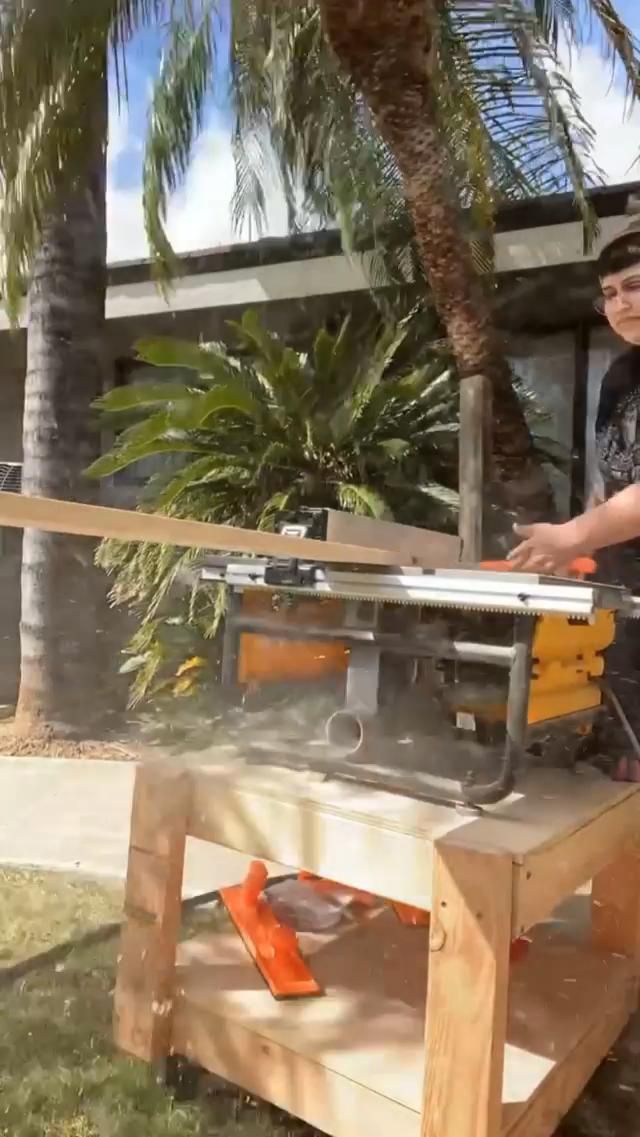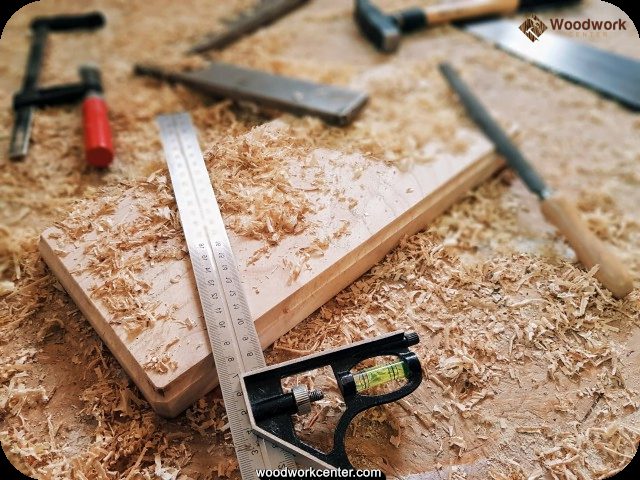Catapult woodworking plans are essential for crafting a historically significant and functional piece of machinery. The popularity of catapults in history, combined with their relevance in modern woodworking, makes them a fascinating project for enthusiasts. Understanding the mechanics of catapults is crucial for successfully building one, and using reliable woodworking plans is key to achieving this.
The mechanics of catapults involve intricate details and principles that dictate their functionality. From understanding the basic principles of how they work to explaining the different types available, a comprehensive grasp of catapult mechanics is necessary before embarking on the construction process. Good woodworking plans play a vital role in ensuring the accuracy and reliability needed for building a fully functional catapult.
When it comes to woodworking plans for building a catapult, the importance of using good ones cannot be overstated. Reliable and accurate plans are essential for guiding builders through the process while ensuring safety and precision. This article will delve into the details of catapult woodworking plans, highlighting their significance and providing expert guidance on utilizing them effectively.
The Mechanics of Catapults
Basic Principles
Catapults operate on the principles of stored energy and release. By utilizing tension, torsion, or counterweight mechanisms, these devices store potential energy and then release it to launch a projectile. This release of energy propels the projectile forward with great force and speed.
Types of Catapults
There are various types of catapults, each with its own set of mechanics and functionalities. For example, the most common types include the mangonel, trebuchet, and ballista, each operating on different principles and mechanisms. While the mangonel uses tension from twisted ropes or fibers to propel an arm forward, the trebuchet relies on a counterweight system for launching projectiles. On the other hand, the ballista utilizes torsion to generate powerful projectile launches.
Understanding the mechanics behind each type of catapult is crucial when choosing which design to build based on available woodworking plans. It also provides insight into the unique features offered by each type, allowing builders to select a design that best suits their intended use.
Learning about these different types will help woodworkers choose the right set of catapult woodworking plans that align with their preferences and skills while ensuring accurate construction based on specific mechanical requirements.
Importance of Using Good Woodworking Plans
Building a catapult can be a fascinating and challenging woodworking project, but it’s essential to start with reliable and accurate plans. Using subpar or inaccurate catapult woodworking plans can lead to a flawed final product that may not function as intended. It’s important to emphasize the significance of using good woodworking plans when undertaking this type of project.
Good woodworking plans provide precise measurements, clear instructions, and detailed diagrams that make the construction process much smoother. They also help ensure that the finished catapult is safe to use and operates effectively. Additionally, reliable plans take into account factors such as weight distribution, tension in the materials, and other mechanical considerations that are crucial for the proper functioning of a catapult.
When searching for catapult woodworking plans, it’s advisable to choose reputable sources that specialize in woodworking projects. Look for plans that have been reviewed and recommended by experienced woodworkers to ensure their accuracy and reliability. Taking the time to find high-quality plans will ultimately save both time and frustration during the construction process.
In addition to providing step-by-step instructions on how to construct a catapult, good woodworking plans often include tips and tricks from experienced builders. These insights can be invaluable for both beginners and seasoned woodworkers looking to enhance their skills. By investing in reliable woodworking plans, builders can increase their chances of successfully completing a functional and impressive catapult.
| Woodworking Plans | Importance |
|---|---|
| Precise measurements | Ensures accurate construction |
| Detailed diagrams | Makes assembly easier |
| Tips from experienced builders | Enhances building skills |
The Essential Components of Catapult Woodworking Plans
Building a catapult requires precision and accuracy, making the woodworking plans for this project an essential component. The reliability of the woodworking plans can make all the difference in successfully constructing a functional and effective catapult. Using subpar plans could lead to errors in measurements, improper assembly, and ultimately a non-operational end product.
Materials and Tools Needed
To begin the construction of a catapult, it is crucial to gather the necessary materials and tools as outlined in the woodworking plans. Common materials include sturdy wood for the frame, strong cordage or rope for tension, and a launching mechanism such as a cup or sling. Additionally, essential tools may include saws, drills, clamps, and measuring instruments. Following the recommended specifications for these components ensures that the catapult will be structurally sound and capable of propelling objects efficiently.
Interpreting and Following Woodworking Plans
Understanding how to interpret woodworking plans is vital to successfully building a catapult. The plans should include detailed diagrams, measurements, and step-by-step instructions for cutting, shaping, assembling, and finishing each component of the catapult.
Aspiring woodworkers should pay close attention to all dimensions and angles provided in the plan to ensure the proper functionality of the finished product. Additionally, it is important to follow any safety recommendations or guidelines included in the woodworking plan to prevent accidents during construction.
Key Considerations
Before beginning work on a catapult using woodworking plans, it is crucial to assess one’s own skill level and familiarity with woodworking techniques. If unfamiliar with certain methods or tools required in the plan, it may be necessary to seek additional guidance from experienced woodworkers or professionals.
Moreover, checking that all measurements are accurate before cutting materials is essential for minimizing waste and preventing mistakes that could compromise the integrity of the final build. Lastly always keeping safety at top of mind while working on this project cannot be undermined; ensuring proper safety gear is utilized whenever power tools are involved is imperative for a safe working environment throughout this undertaking.
Types of Catapult Woodworking Plans Available
When it comes to building a catapult, there are various types of woodworking plans that cater to different designs and functionalities. One popular type is the traction trebuchet, which utilizes human force to launch projectiles. This design is known for its accuracy and distance capabilities. Another type is the counterweight trebuchet, which relies on a heavy counterweight to propel objects. It is recognized for its power and impact upon release.
In addition to trebuchets, there are also ballistas, which are torsion-powered projectile weapons. These catapults have a distinct design and function, making them unique options for woodworking enthusiasts. Also worth considering are mangonels, which are simple yet effective catapults that can be easily constructed with the right woodworking plans.
Each type of catapult offers its own set of challenges and benefits when it comes to woodworking construction. Traction trebuchets may require precise measurements and sturdy materials to withstand the force exerted during operation, while ballistas may demand intricate assembly of torsion springs for optimal performance.
Ultimately, selecting the right type of catapult woodworking plan depends on the builder’s expertise and preference. Whether aiming for accuracy or power, having a well-detailed plan tailored to the chosen catapult design is essential for successful construction.
| Type of Catapult | Description |
|---|---|
| Traction Trebuchet | Utilizes human force and known for accuracy and distance capabilities. |
| Counterweight Trebuchet | Relies on a heavy counterweight and recognized for its power and impact. |
| Ballista | Torsion-powered projectile weapon with a distinct design. |
| Mangonel | A simple yet effective catapult with easy construction. |
Tips and Tricks for Building a Catapult
Building a catapult can be a challenging yet rewarding woodworking project. Whether you are a beginner or an experienced woodworker, here are some tips and tricks to help you successfully build your own catapult using woodworking plans:
Tips:
1. Choose the right woodworking plan: Look for catapult woodworking plans that are clear, detailed, and easy to follow. Make sure the plan includes precise measurements, material lists, diagrams, and step-by-step instructions.
2. Select the appropriate wood and materials: The type of wood you use for your catapult will impact its strength and durability. Consider using hardwoods such as oak or maple for the frame and flexible woods like ash for the throwing arm. Additionally, ensure that you have all the necessary tools and materials listed in the woodworking plan before starting.
3. Take your time with measurements and cuts: Accurate measurements and precise cuts are crucial when building a catapult. Double-check all measurements before making any cuts to avoid mistakes that could affect the functionality of the final product.
Tricks:
– Use clamps: When assembling the parts of your catapult, using clamps can help keep everything in place as you work.
– Sanding is key: Smooth out any rough edges on your wooden components to prevent splinters and ensure a professional finish.
– Test along the way: As you progress through building your catapult, periodically test its functionality to make any necessary adjustments early on.
By following these tips and tricks, you can enhance your woodworking experience while successfully building a functional catapult using reliable woodworking plans.
Safety Precautions and Considerations
Building a catapult can be an exciting and rewarding woodworking project, but it’s important to prioritize safety throughout the process. Whether you’re a beginner or an experienced woodworker, working with tools and materials to create a functional catapult requires careful attention to safety precautions. Here are some essential safety considerations to keep in mind:
- Wear Personal Protective Equipment (PPE): When working with woodworking tools and materials, wearing appropriate PPE is crucial for preventing injuries. This includes safety goggles to protect your eyes from sawdust and flying debris, as well as gloves to safeguard your hands from splinters and sharp edges.
- Use Tools Safely: Proper handling of woodworking tools is essential for avoiding accidents. Always use tools according to their intended purpose and follow manufacturer instructions for safe operation. Keep cutting tools sharp, and ensure that all power tools are in good working condition before use.
- Work in a Well-Ventilated Area: Woodworking often involves the use of adhesives, finishes, and solvents that can emit fumes. To minimize exposure to these potentially harmful substances, work in a well-ventilated area or use appropriate respiratory protection when necessary.
- Practice Proper Tool Storage: Storing your woodworking tools properly when not in use helps prevent accidental cuts and injuries. Keep hand tools organized and stored in designated areas, and make sure that power tools are unplugged and safely stored away.
Remember that these are just a few basic safety precautions to consider when building a catapult using woodworking plans. Always prioritize safety at every stage of the project to ensure a secure and enjoyable woodworking experience.
Showcasing Catapult Woodworking Plans Suppliers
In conclusion, the art of building a catapult has been a fascinating and historical endeavor that continues to capture the interest of woodworking enthusiasts. Catapult woodworking plans play a crucial role in this craft, providing detailed and reliable instructions for creating these impressive machines. Whether it’s for educational purposes, historical reenactments, or simply for the love of woodworking, having access to high-quality catapult woodworking plans is essential for a successful build.
When delving into the world of catapult woodworking plans, it is important to prioritize safety and precision. Working with woodworking tools and materials requires caution and attention to detail. By following reputable suppliers and sources for catapult woodworking plans, woodworkers can ensure that they have access to accurate and comprehensive instructions that prioritize safety measures.
Furthermore, when considering suppliers for catapult woodworking plans, it is beneficial to seek out those that offer a variety of plan types and configurations. From traditional trebuchets to more modern designs, having options allows woodworkers to explore their creativity and build different types of catapults based on their interests and preferences.
With the right resources at hand, enthusiasts can embark on an exciting journey of crafting their own catapults with confidence and precision. Whether for educational experimentation or pure enjoyment, the availability of reliable catapult woodworking plans opens up a world of possibilities in the realm of woodworking.
Frequently Asked Questions
How Do You Make a Simple Wooden Catapult?
Making a simple wooden catapult requires basic materials like wooden boards, rubber bands, and a cup or spoon for launching. The process involves cutting and assembling the pieces, creating tension with the rubber bands, and testing its functionality.
What Is the Best Angle for a Catapult?
The best angle for a catapult depends on various factors such as the distance to the target, the weight of the projectile, and the tension in the catapult’s mechanism. Generally, a 45-degree angle is often considered optimal for maximum distance.
What Is the Easiest Catapult to Build?
The easiest catapult to build is typically a basic lever or “onager” style catapult, using common household items like popsicle sticks or craft sticks as well as rubber bands. This type of catapult is simple to construct and can be assembled with minimal effort or skill required.

Hi everyone! I’m a woodworker and blogger, and this is my woodworking blog. In my blog, I share tips and tricks for woodworkers of all skill levels, as well as project ideas that you can try yourself.





